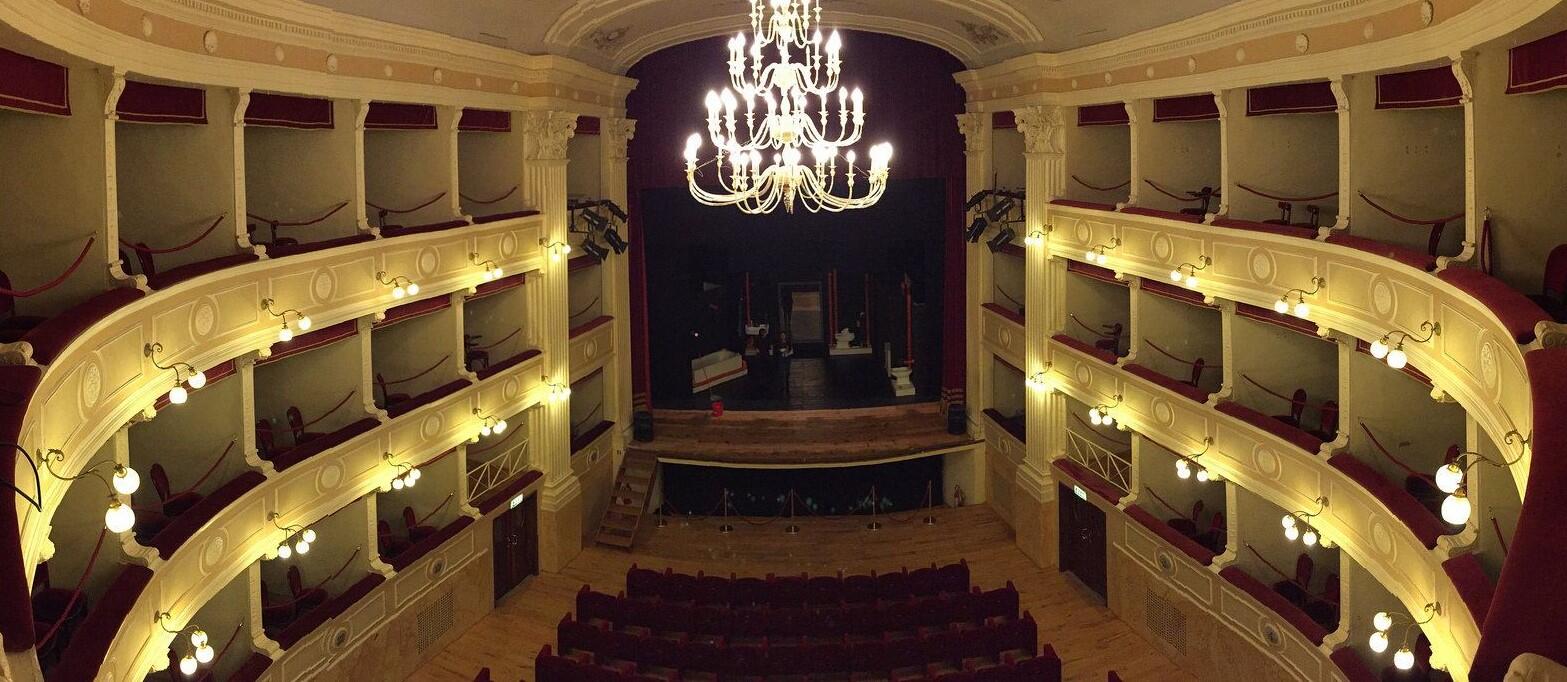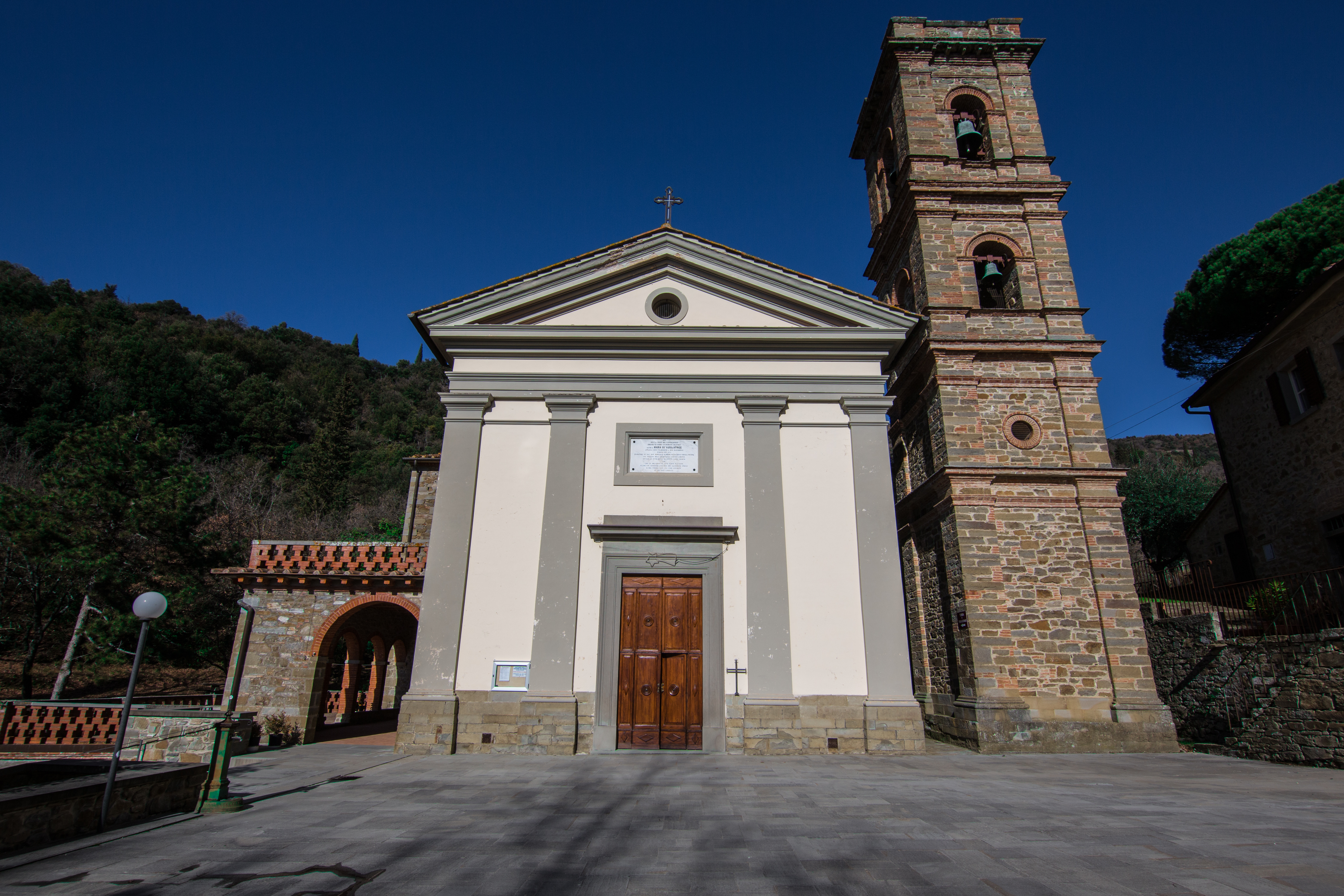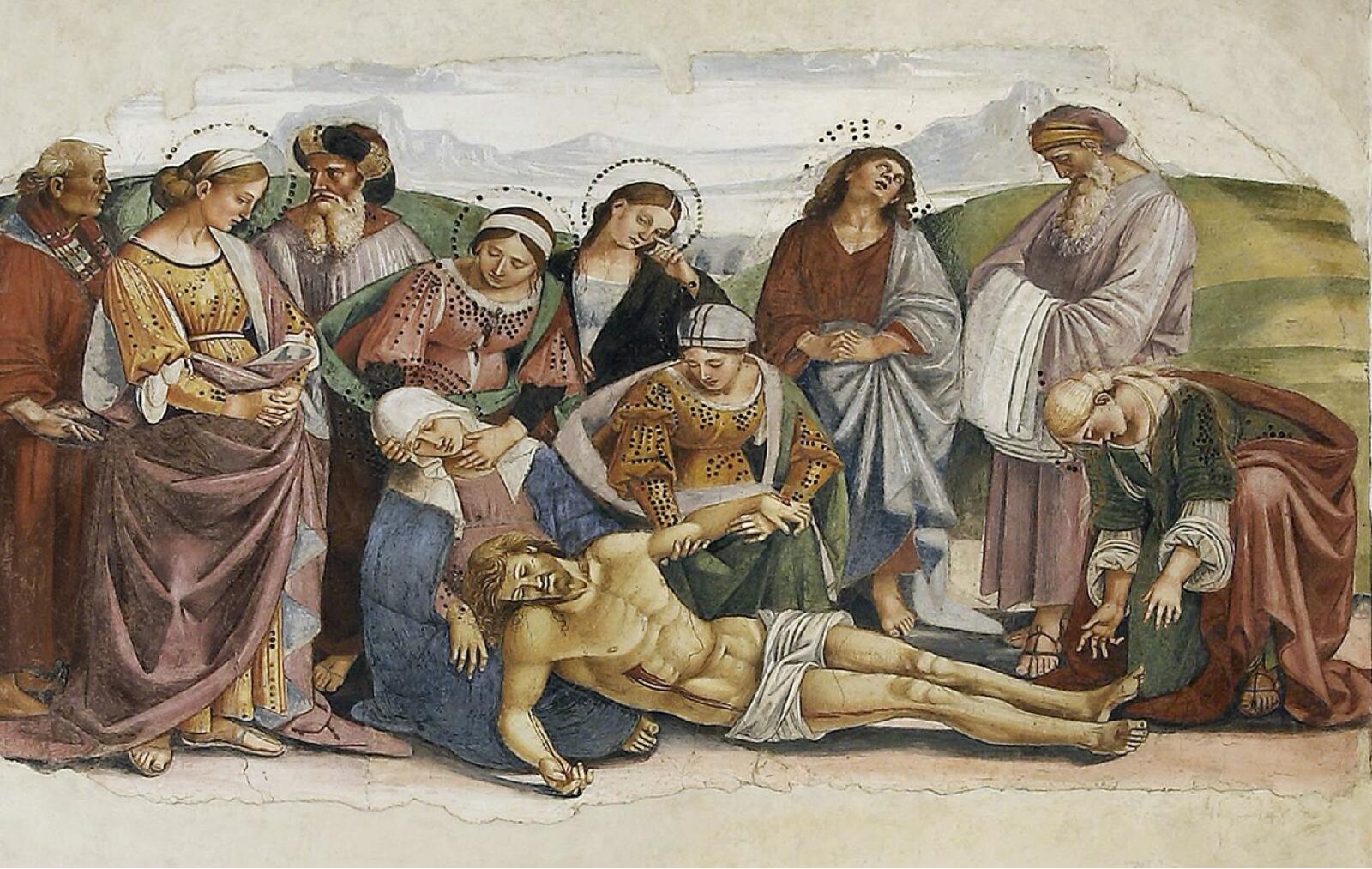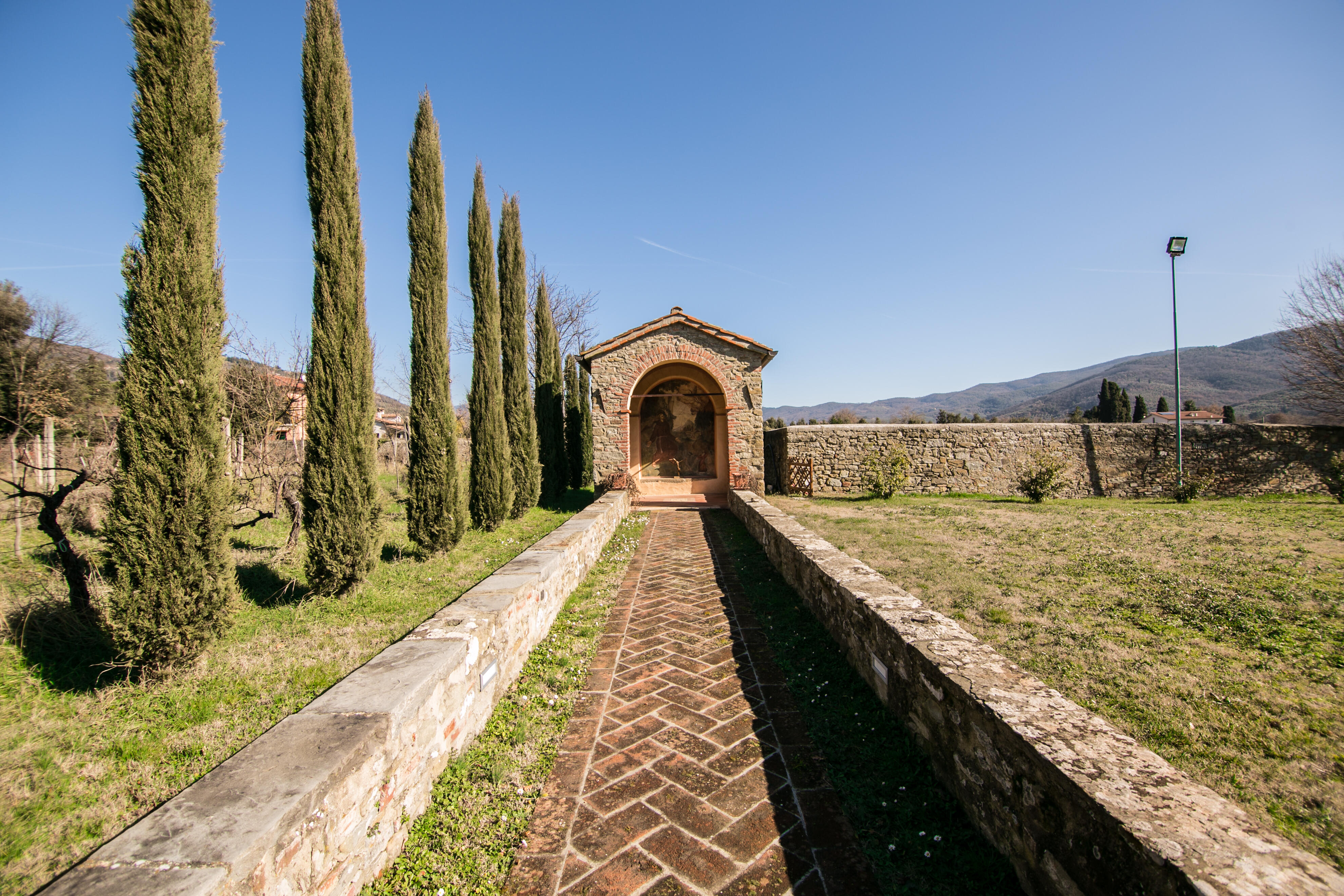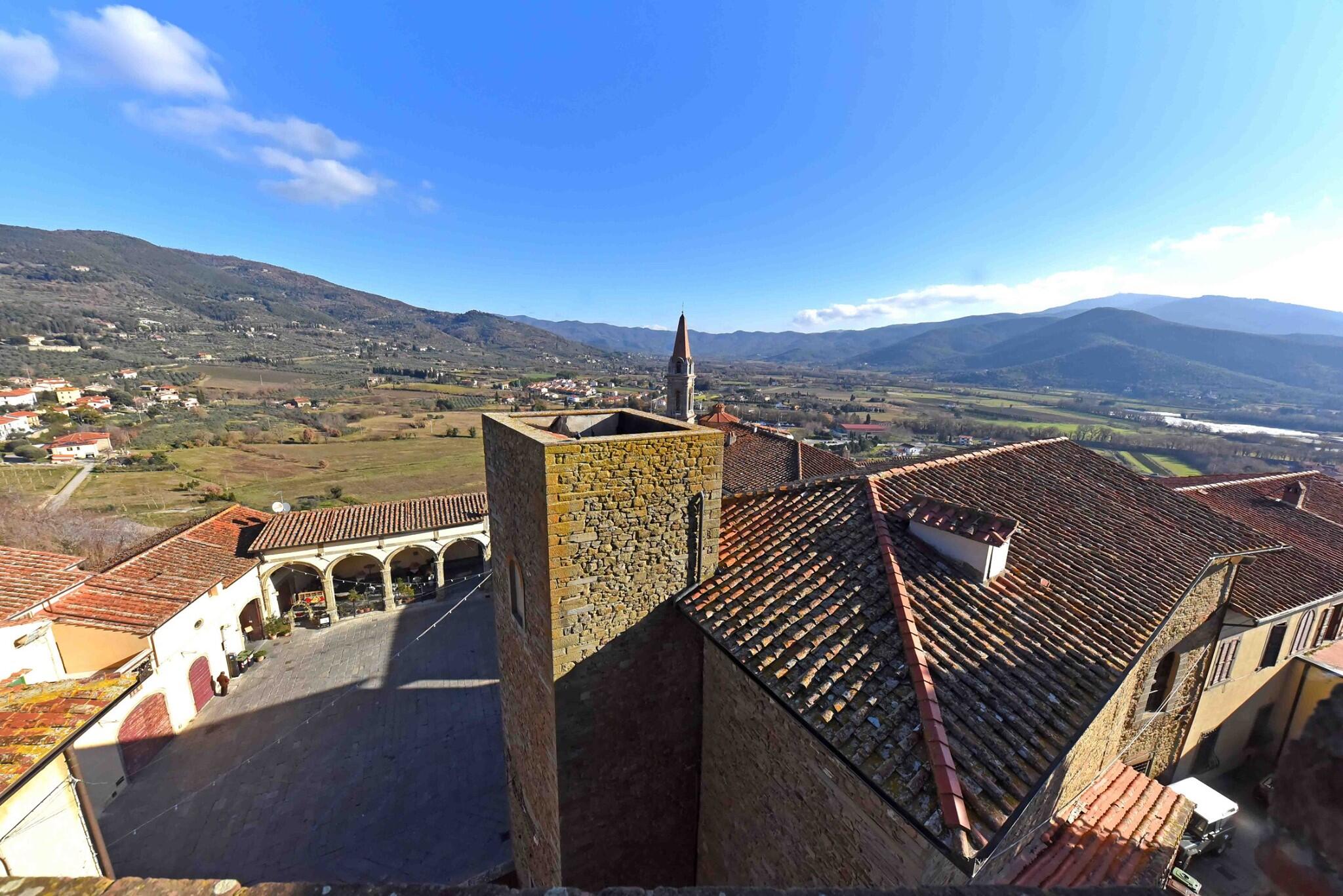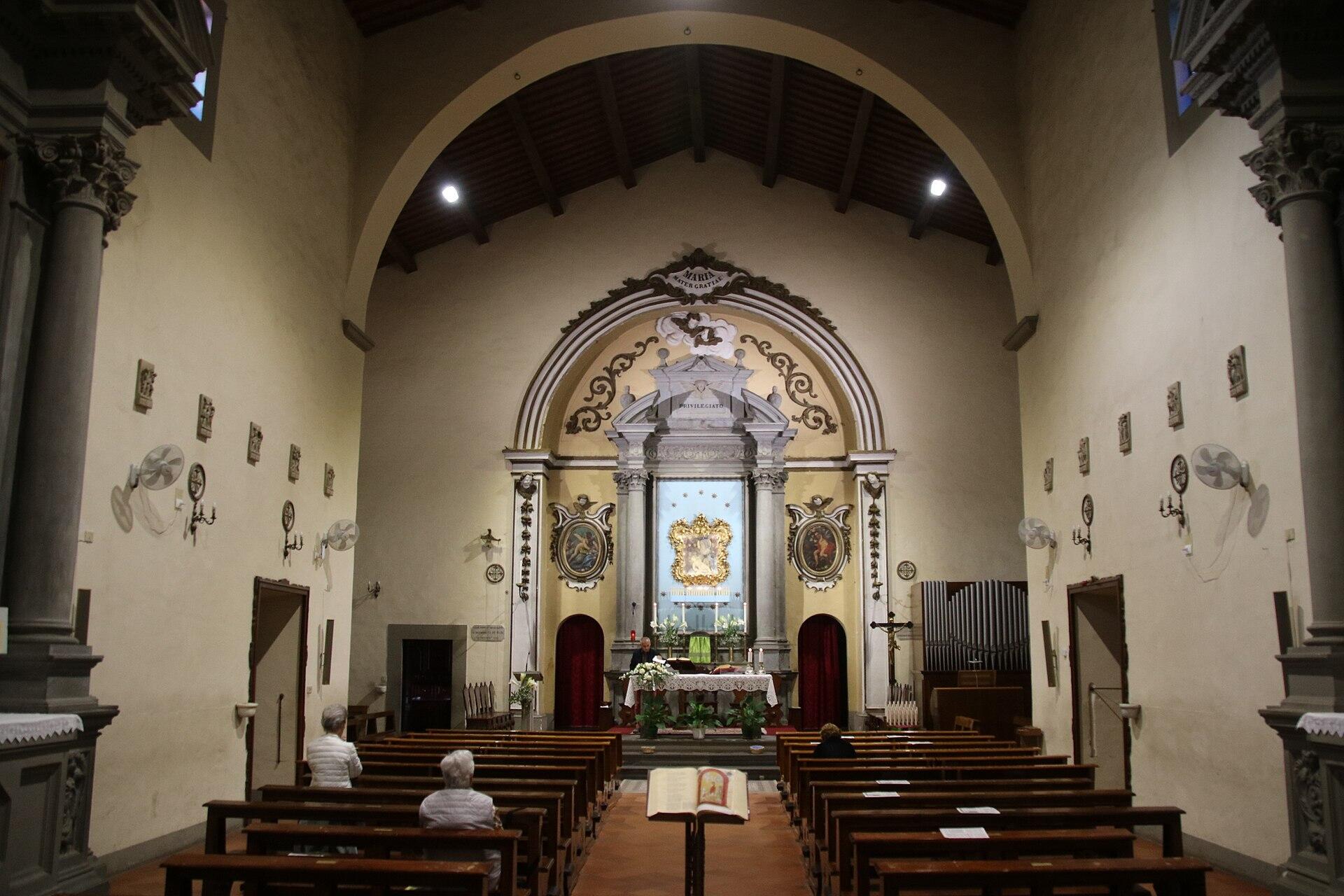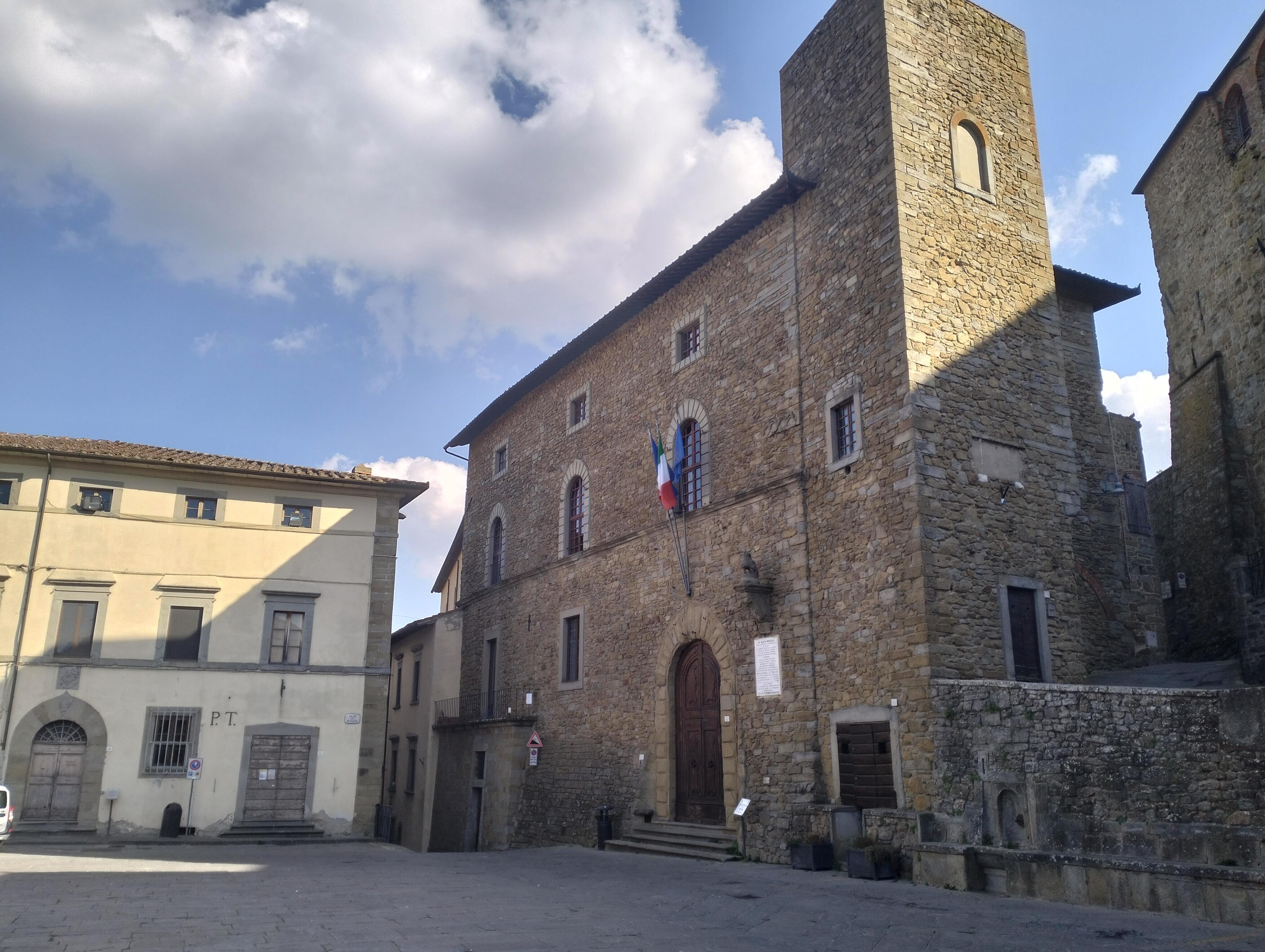POINT OF INTEREST
CHURCHES
Collegiate Church of Saints Michael and Julian
Stands out for its neoclassical structure and its loggia with massive columns resting on travertine bases.
Located in the square of the same name, the Collegiate Church of Saints Michael and Julian in Castiglion Fiorentino stands out for its neoclassical structure and its loggia with massive columns resting on travertine bases.
The area now occupied by the Collegiate Church of San Giuliano has undergone complex transformations over the centuries. In the second half of the 14th century, the Pieve di San Giuliano was a small three-nave structure that was rebuilt and expanded in 1452.
With the construction of the new adjacent Collegiate Church, the building was commonly called the "Old Pieve" and only the apse remained.
Since 2006, the Pieve di San Giuliano has been home to a vast collection of sacred art, boasting more than one hundred works from various sacred buildings in Castiglion Fiorentino: the Museum of the Pieve di San Giuliano.
In 1836, a fire caused by lightning destroyed the Pieve di San Giuliano, and it was decided to build a new church, the Collegiate Church of San Giuliano, which was placed orthogonally to the previous one, with its façade facing south.
Interiorly, it has a Latin cross plan with three naves and a barrel vault, divided by columns with stucco capitals; above the altar is a large dome with stucco decorations.
The interior of the Collegiate Church features twelve altars, each featuring a devotional work.
Noteworthy are the polychrome terracotta from the Della Robbia workshop depicting Saint Anthony the Abbot Blessing (1525); Bartolomeo della Gatta's masterpiece, Madonna Enthroned with Child and Saints Peter, Paul Julian, and Michael (1486); and the Adoration by Lorenzo di Credi, a Florentine artist and pupil of Verrocchio; A beautiful Maestà by Segna di Bonaventura, a Sienese painter born in the second half of the 13th century.
The loggia was completed in 1860, the dome in 1867, and the bell tower in 1930. Of notable value is the recently painted cross placed above the high altar, by an unknown artist and dating back to the 12th century.
Images that tell a story
Welcome to our gallery: a collection of images that tell moments, emotions, and details that often escape words. Each shot is a fragment of history, a memory to share, a perspective to explore. Browse and let yourself be inspired.
How to Get Here
Address:
Piazza della Collegiata, 1, 52043 Castiglion Fiorentino AR
52043 Castiglion Fiorentino (Ar)


 ITA
ITA